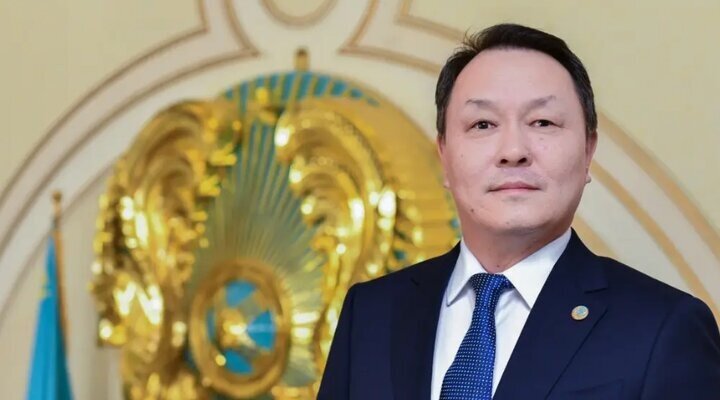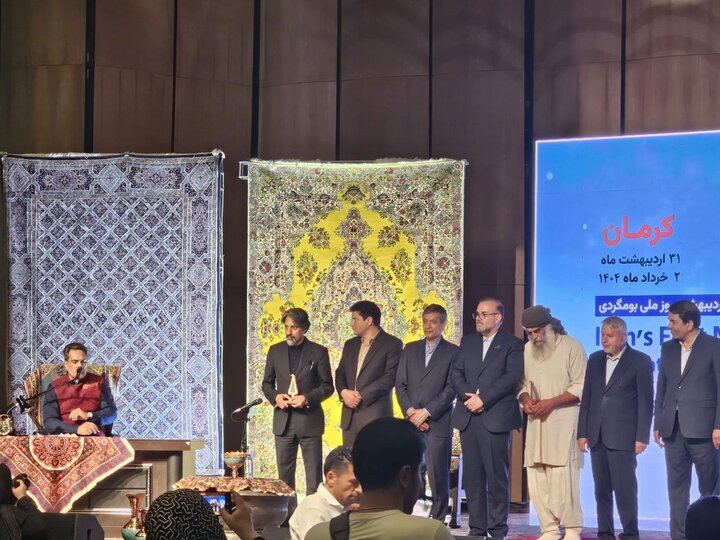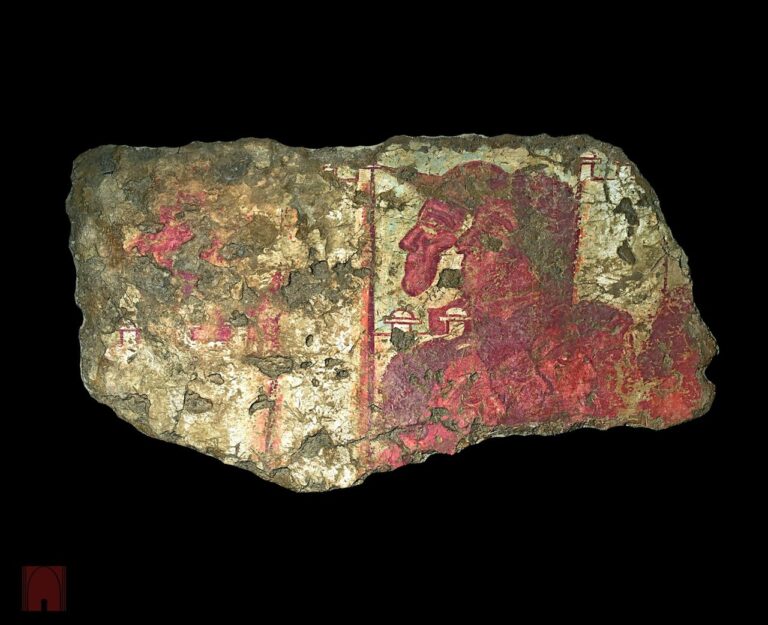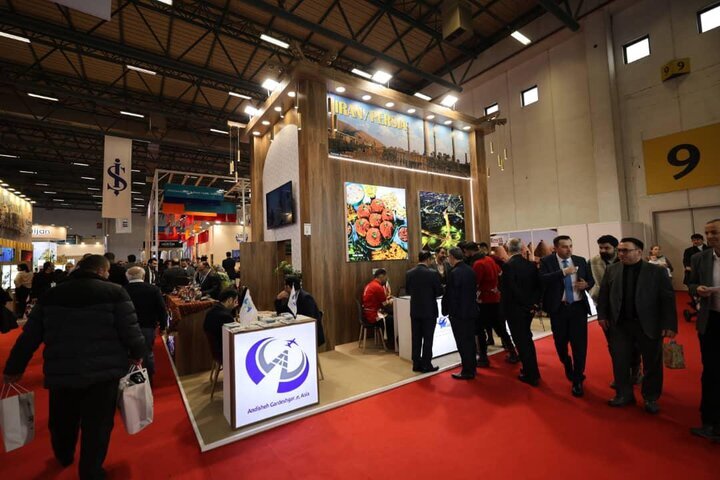
Similar Posts

Iran Pursues UNESCO Recognition for Stunning Mirrorwork Art and Historic Falak-ol-Aflak Fortress
Iran has submitted two significant cultural heritage dossiers to UNESCO for inclusion on the World Heritage List: the ancient art of mirrorwork, or Ayeneh-kari, and the historic Falak-ol-Aflak Fortress in Lorestan province. Deputy Minister of Cultural Heritage Ali Darabi expressed optimism about their recognition in the upcoming evaluation round. Ayeneh-kari, dating back 2,700 years, showcases intricate mirror designs in palaces and mosques, while the Falak-ol-Aflak Fortress, with its impressive bastions and surrounding landscape, symbolizes Iran’s rich cultural heritage. Both entries aim to enhance global appreciation of Iran’s historical and artistic contributions and boost regional tourism.

France Grounds Iran’s Inaugural Flight to Europe Post-Suspension
On January 31, 2025, Iran’s Civil Aviation Organization (CAO) announced the cancellation of the Tehran-Paris flight operated by Iran Airtour, set to resume after a long suspension due to European sanctions. The flight was scheduled to depart just two days later, raising concerns among travelers. The French Civil Aviation Authority had previously issued a permit, but notified Iran Airtour just 48 hours before departure that the flight was not allowed to operate. The CAO is actively engaging with French officials to clarify reasons for the cancellation and restore the flight schedule, highlighting ongoing challenges in international aviation amid political tensions.

Discover Siraf’s Ancient Heritage: New Exhibit Opens in Bushehr!
An exhibition of ancient relics from Siraf, an important historic port city, has opened at the Persian Gulf Region Museum in Bushehr, coinciding with the Ten-Day Dawn celebrations of the 1979 Islamic Revolution. Organized with the National Museum of Iran, it features artifacts unearthed during excavations by British archaeologist David Whitehouse over 50 years ago, marking their first public display in Iran in 52 years. The exhibition highlights Siraf’s significance in maritime trade and cultural exchanges from 800 CE to 1050 CE, showcasing pottery, coins, and maritime tools that reflect its rich historical narrative and architectural heritage.

Iran Launches Inaugural Ecolodge Celebration to Boost Sustainable Tourism
Kerman, Iran, recently hosted the inaugural National Celebration of Ecolodges on May 21, uniting over 600 ecolodge managers to promote sustainable tourism. Iranian Tourism Minister Seyyed Reza Salehi-Amiri emphasized the government’s commitment to developing ecolodges as cultural storytelling spaces, highlighting Iran’s beauty and diversity. Kerman’s governor, Mohammad-Ali Talebi, showcased the region’s rich heritage and potential for tourism, advocating for smart tourism and community resilience. The event, aligning with the UN’s World Day for Cultural Diversity, aimed to enhance networking and share experiences among ecolodge operators, marking a significant step for Iran’s sustainable tourism sector.

Stunning Parthian Mural Unearthed in Southwest Iran Showcases Remarkable Artistic Innovation
The Parthian-era wall painting at the National Museum of Iran, dating from the 1st-3rd centuries CE, reveals the artistry of the Parthian civilization. Discovered in 1976 at Kuh-e Khwaja, this mural once adorned a grand palace, showcasing a vibrant palette and exaggerated human figures. Scholars debate its meaning, with interpretations ranging from depictions of religious rituals to hierarchical representations of deities. Kuh-e Khwaja itself served as a strategic cultural hub, blending Persian, Hellenistic, and Central Asian influences. The painting exemplifies the complexity of Parthian art and architecture, continuing to intrigue researchers and visitors alike.

Iran Shines Bright at EMITT 2025: A Showcase of Culture and Charm!
Iran made a notable impact at the Eastern Mediterranean International Tourism and Travel Exhibition (EMITT) in Istanbul from February 5 to 7, showcasing its tourism potential and cultural heritage. The event featured traditional cultural performances organized by the Touring & Automobile Club of Iran, emphasizing the country’s diverse attractions. Iran’s pavilion highlighted cultural and natural sites, Persian cuisine, eco-tourism, and traditional handicrafts, aiming to promote sustainable tourism and strengthen global partnerships. Cultural advisor Hassan Didehban stressed the importance of such exhibitions for showcasing Iran’s heritage. EMITT, attended by 450 representatives from 110 countries, enhances Iran’s tourism profile and international collaborations.